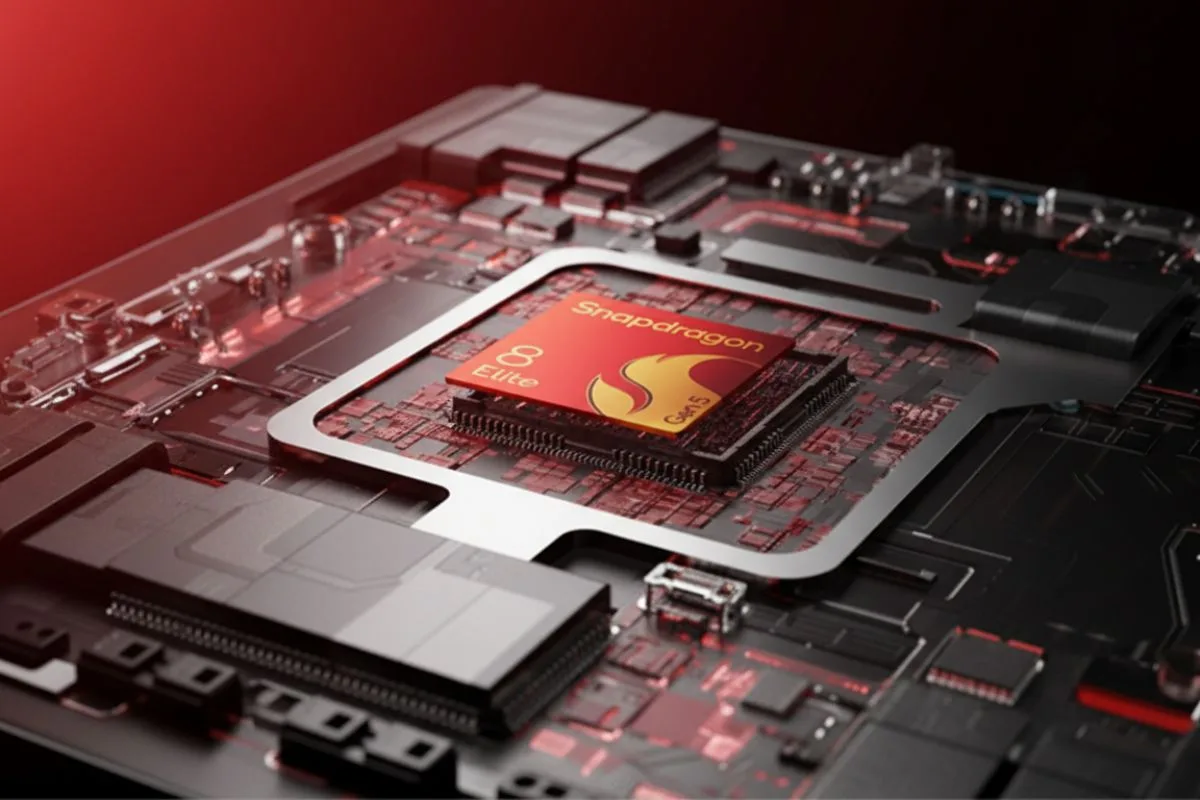Introduction
Xiaomi has unveiled the Xiaomi 17 Pro Max, a luxury smartphone that pairs a large 6.9-inch main screen with a neat 2.9-inch rear secondary display, a 7,500mAh battery and Qualcomm’s new Snapdragon 8 Elite Gen 5 chip.
The phone is designed to challenge high-end rivals — including Apple’s latest models — by adding practical small-screen features and huge endurance for power users. Preorders began in China immediately after the launch.
Xiaomi unveils dual-screen 17 Pro Max with 2.9-inch cover display
The headline feature is the rear secondary display that sits above the camera island like a cover screen on modern flip phones. Xiaomi says the small screen supports widgets, music controls, a selfie viewfinder and quick status info — a design choice meant to give users glanceable tools without waking the main display. Several hands-on reviewers praised the idea as fun and genuinely useful for selfies and quick replies.
Key specs: Snapdragon 8 Elite Gen 5, 7,500mAh battery and 120Hz main display

Under the hood, the Xiaomi 17 Pro Max runs the Snapdragon 8 Elite Gen 5, paired with 12GB or 16GB RAM options and up to 1TB storage. The phone’s main 6.9-inch LTPO AMOLED supports 120Hz refresh and extremely high peak brightness (Xiaomi lists up to 3,500 nits), aimed at outdoor visibility and HDR content.
The Pro Max’s battery is large — 7,500mAh — and supports Xiaomi’s HyperCharge system with 100W wired and 50W wireless charging. These specs target heavy multimedia and gaming users who want long endurance.
Camera and imaging: triple 50MP Leica system
Xiaomi kept its Leica partnership: the 17 series uses a triple 50MP camera array with Leica Summilux tuning and a larger main sensor on Pro models. The Pro Max reportedly offers a stronger low-light telephoto and a periscope-style tele lens on the top trim, delivering longer optical reach than the smaller 17 and matching many rivals on paper.
Early testers praised the camera flexibility but said final image quality will depend on software tuning in global firmware.
Why the secondary display and big battery matter for users
Small secondary screens are returning across vendors because they let users take quick selfies, check notifications, control music and run tiny widgets without waking the main display — saving power and adding convenience.
Pair that with a 7,500mAh battery, and the Xiaomi 17 Pro Max targets people who want day-and-a-half or multi-day usage under heavy loads like gaming, navigation and long video calls. That combination is rare in flagship phones and may sway buyers who value battery life as much as camera performance.
Pricing, availability and market positioning
Xiaomi launched the 17 series in China with prices starting from ¥4,499 (about $630) for the base model. The 17 Pro and 17 Pro Max sit higher in the range; Chinese pricing for the Pro Max is pegged in reports at roughly ¥5,999–¥6,999 depending on memory.
Xiaomi says global availability will follow in spring 2026, though exact dates and regional specs (particularly for network bands) are to be confirmed. The company framed the 17 series as a direct competitor to Apple’s iPhone 17 family, both in design language and flagship positioning.
Early impressions and industry view

Hands-on coverage notes that Xiaomi’s rear display is one of the clearest real-world uses of a secondary panel outside foldables. Reviewers called it playful but practical — useful for quick selfies and glance information.
Industry watchers also say the device highlights a new wave of flagships leaning into battery life and practical novelty rather than raw camera megapixel wars. Critics warn of design borrowing from Apple, but most agree Xiaomi packed high-end materials and top-tier silicon into a very competitive price point for the China market.
Practical downsides and what to watch
Real-world battery performance will depend on software optimization; a 7,500mAh cell looks strong on paper but firmware and display brightness can change outcomes. The rear mini display adds cost and a small design trade-off near the camera bump; a few reviewers noted ergonomic quirks for long-term one-hand use.
Finally, global buyers should expect higher prices and different software builds when the 17 Pro Max reaches markets outside China.
Verdict
The Xiaomi 17 Pro Max stands out by pairing a practical rear 2.9-inch secondary display with enormous battery life and top-tier internals. It’s Xiaomi’s most ambitious attempt yet to blend novelty features with real-world utility — and it puts pressure on rivals to offer more than just camera improvements.
Frequently Asked Questions about Xiaomi 17 Pro Max
When will the Xiaomi 17 Pro Max be available globally?
Xiaomi has opened preorders in China with wider global availability expected in spring 2026. Exact regional launch dates and prices will vary.
Does the Xiaomi 17 Pro Max really have a 2.9-inch rear display?
Yes. The Pro and Pro Max models include a small rear AMOLED display near the camera island for selfies, widgets and quick controls. Reviewers say it is practical for quick tasks.
What battery life can I expect from the 7,500mAh cell?
Early estimates suggest multi-day use is possible under normal use. Real battery life depends on settings, screen brightness and apps; independent long-term tests will give definitive numbers.
Which chipset does the Xiaomi 17 Pro Max use?
The phone ships with Qualcomm’s Snapdragon 8 Elite Gen 5, paired with up to 16GB of RAM and high storage tiers.
How does Xiaomi price the 17 Pro Max compared to the iPhone?
In China the Xiaomi 17 series launches at noticeably lower starting prices than Apple’s flagships. International pricing will be higher; Xiaomi positions the phone as a value-rich flagship rival to the iPhone 17 family.
Author note: I’m a tech reporter compiling details from Xiaomi’s launch materials and hands-on coverage by The Verge, TechRadar and other trusted outlets. Specs and prices reflect China launch information; I used cautious language about global timing and real-world battery performance pending independent tests.





